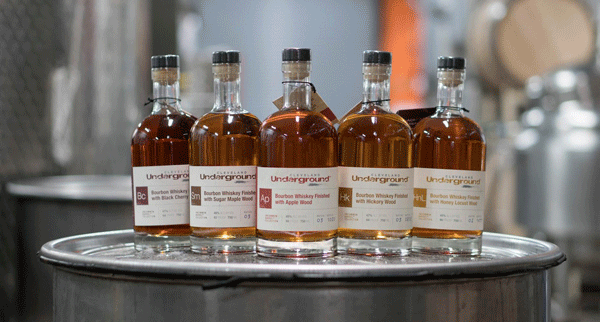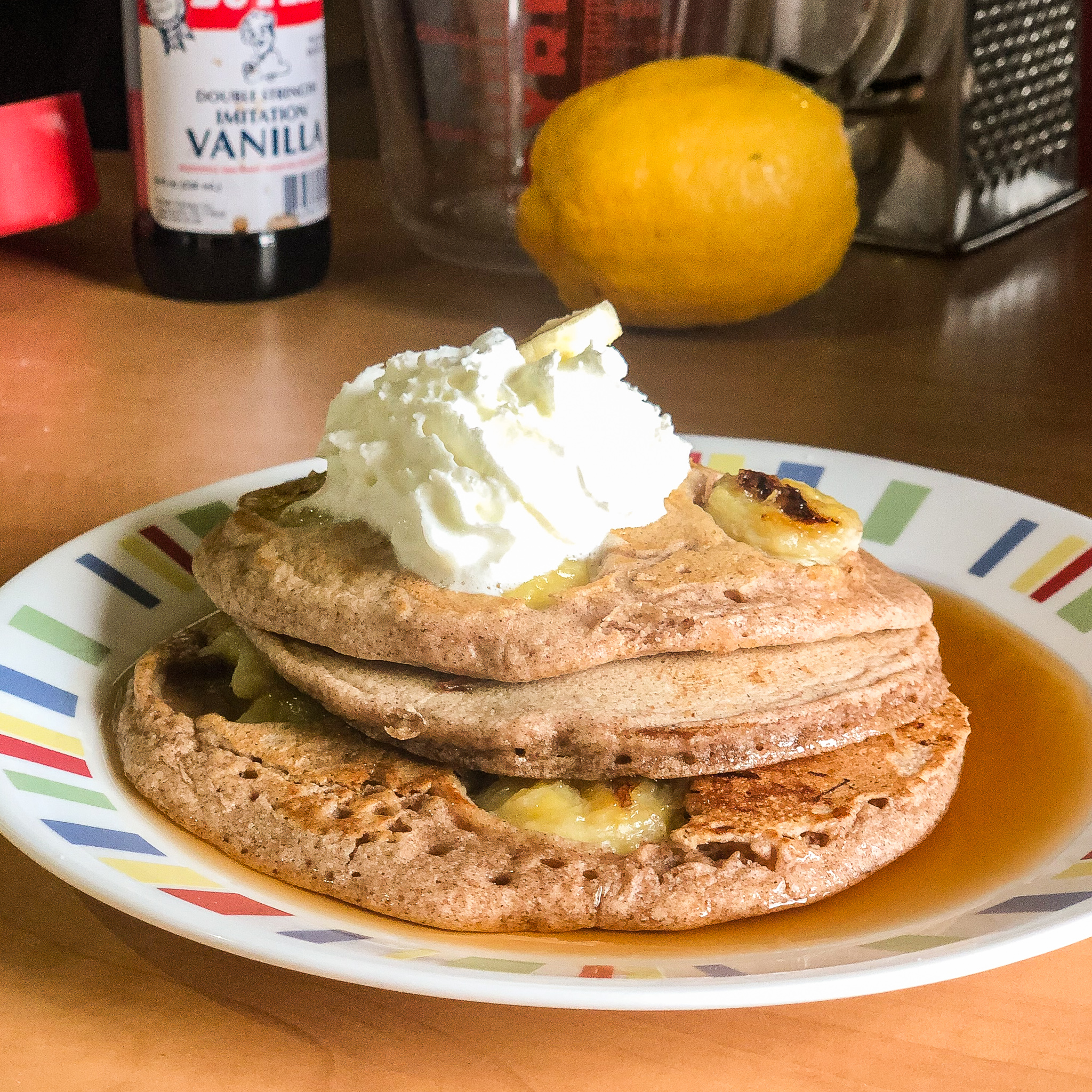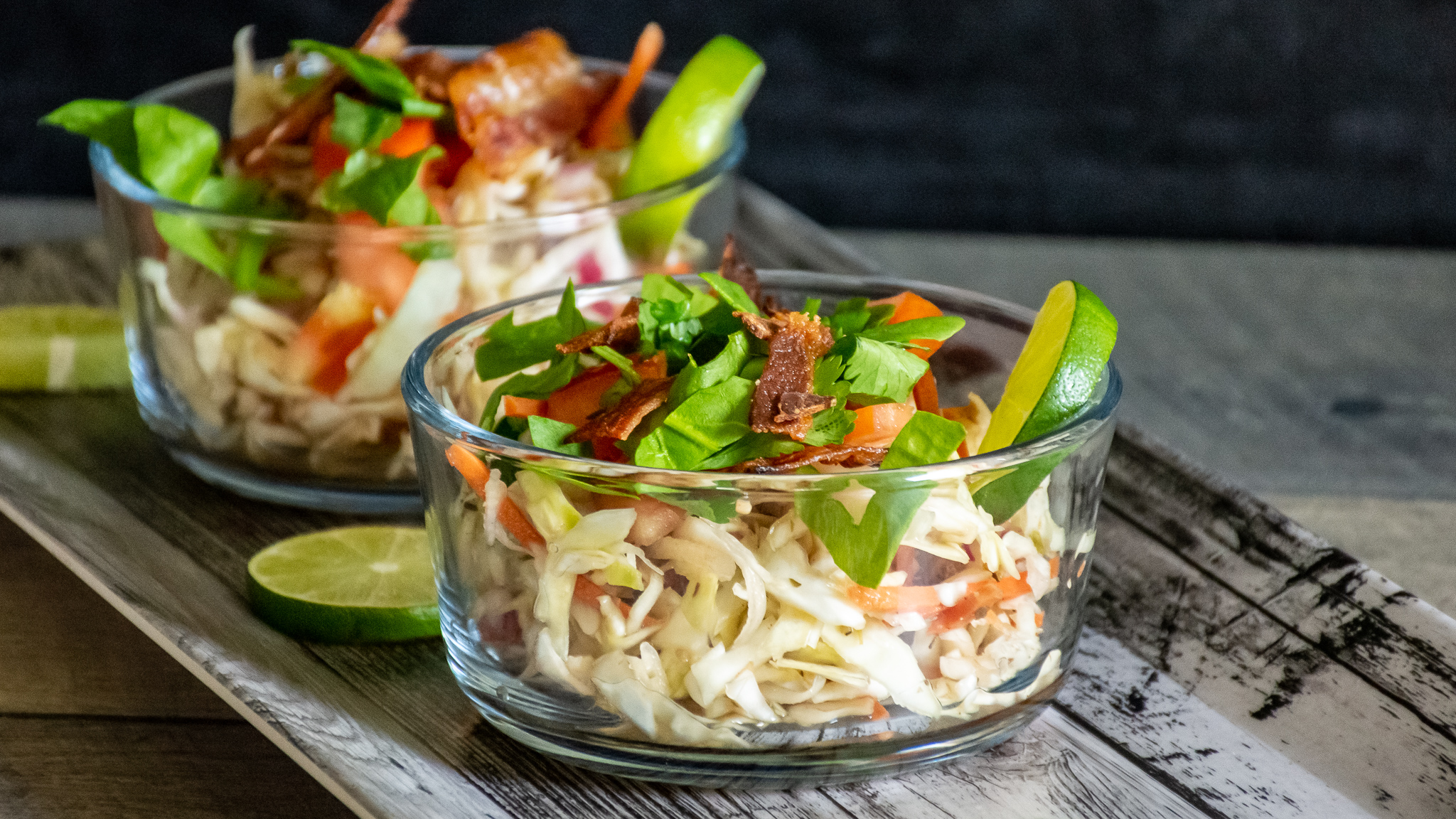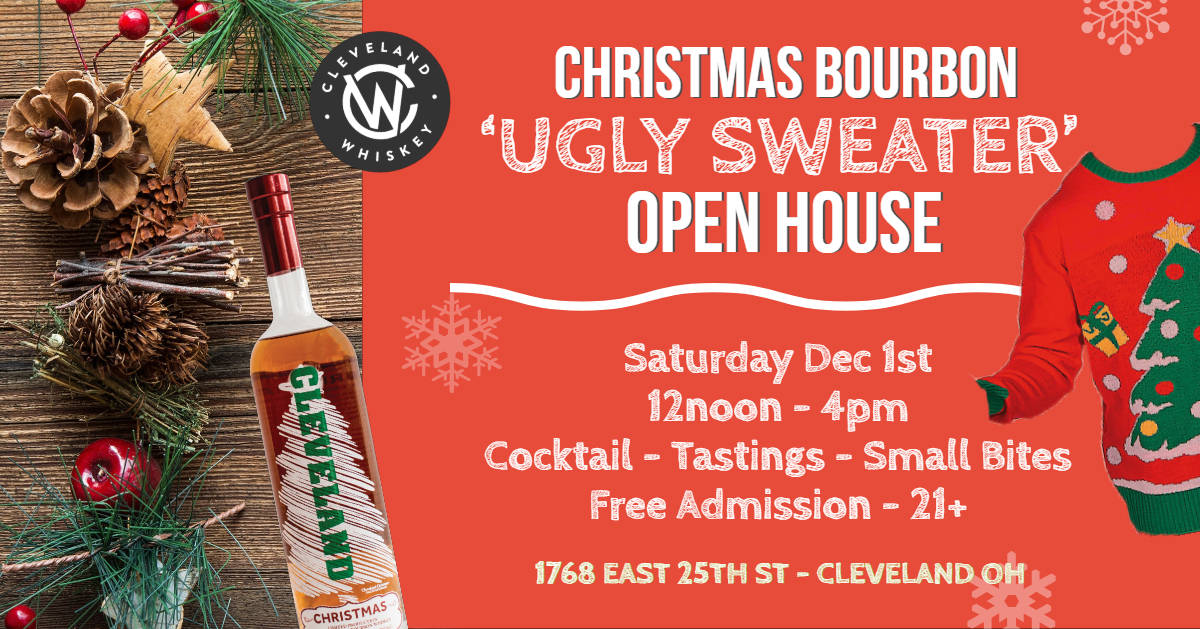
What is National Bourbon Heritage Month?
September marks National Bourbon Heritage Month, giving us reason to explore why Bourbon, an American whiskey, gained recognition as “America’s Native Spirit” in 1964. In 2007, Congress unanimously designated September as National Bourbon Heritage Month. While we at Cleveland Whiskey celebrate bourbon year-round, this dedicated month allows everyone to honor America’s Native Spirit.
What sets bourbon apart, especially compared to spirits like rum and apple brandy that were distilled in the Colonies prior to bourbon’s rise? Despite George Washington’s interest in distilling whiskey, it wasn’t his preferred choice; he originally designed his stills for rum production.
But why isn’t rum considered “America’s Native Spirit”?
Rum is derived from sugarcane and molasses, primarily produced in the Virgin Islands, territories of the United Kingdom. In contrast, whiskey became the favored spirit in America due to accessibility – unlike sugarcane and molasses, grain was readily available inland.
In 1791, facing financial needs, the First Congress turned to taxing distilled spirits. At the time, whiskey was convenient to produce due to geographical limitations. This led to President Washington imposing these taxes, sparking the Whiskey Rebellion, reminiscent of the grievances that led to the Revolutionary War. President Jefferson eventually repealed the whiskey tax, yet other spirits, including rum, remained heavily taxed.
The War of 1812 exacerbated this issue. America needed funds to fight the war, but importing sugar and molasses meant supporting the British economy. By 1822, tariffs as high as 75-110% were imposed on Virgin Islands rum. American rum distillers also faced nearly 40% taxes on molasses. This made it difficult for coastal distillers to compete with whiskey.
Over time, Representative Samuel F. Vinton of Ohio proposed regional taxation to support coastal trade. However, the success of whiskey distillers in Pennsylvania, Kentucky, and Tennessee overshadowed rum, despite fairer economic policies. The quality of available whiskey far surpassed that of newly affordable rum.
Today, American rum distillers like Lyon Distilling are crafting exceptional rums that rival bourbon’s appeal. Yet, bourbon, recognized as America’s Native Spirit for 50 years, boasts stringent standards and must be produced in the United States.
This is why we take September, a month one day too short, to celebrate bourbon’s heritage as America’s Native Spirit. Bourbon’s legacy endures through changing times, epitomizing the American spirit, and it keeps getting better and more interesting, especially here at Cleveland Whiskey.




